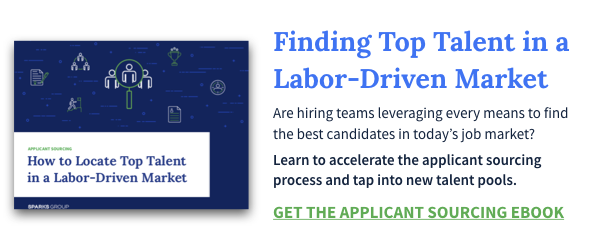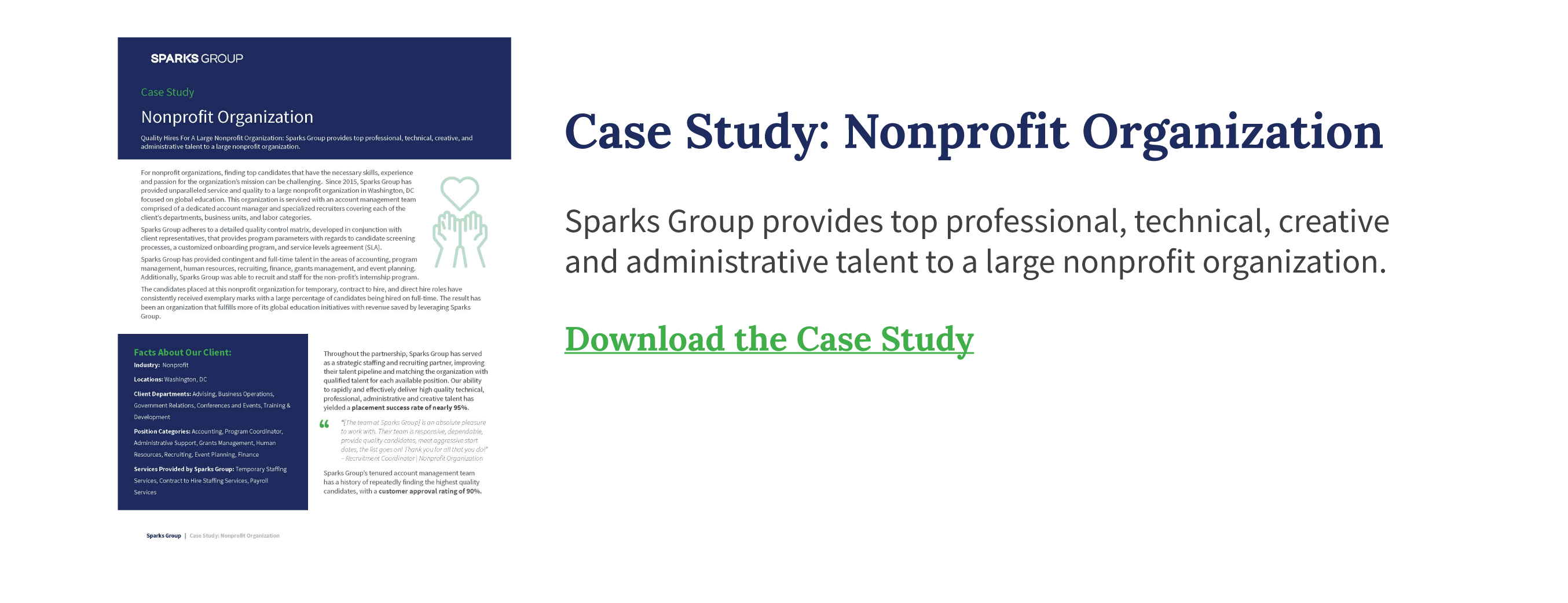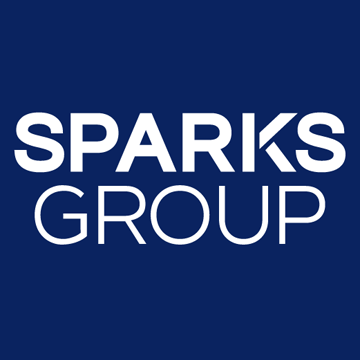
Every employer has a story. So does every job candidate. In a competitive hiring environment -- where landing top talent requires unprecedented amounts of focus, creativity, and strategic acumen -- inbound recruiting initiatives are critical to engaging valuable prospective employees.
Today, employers must tell their stories in ways that resonate with job seekers and that build genuine, long-term relationships that prioritize strong cultural fits -- and not speedy hires that provide myopic, short-term fixes.
To accomplish this, recruiters must evolve beyond simply writing and posting open job opportunities, but apply an inbound recruiting approach that attracts the right job candidates and encourages them to apply for a job.
Building an Inbound Recruiting Strategy Around Company Culture
Professional fulfillment begins with feeling that the internal environment -- the people, culture, and values -- of a company are aligned with an employee’s personal and professional sensibilities.
Cultural misalignments are common, and can result in unproductive employees who quit or agonize until being released by their employers. Neither situation is wanted, and both are costly to employers who must bear the financial burden of a poor hire.
By building inbound recruiting strategies around company culture, businesses can differentiate their brands by communicating their unique cultural attributes. This helps attract the type of employees who “get” the organization and end up staying for the long term.
Learn More: Tips for Incorporating Company Culture into Your Recruiting Process
The same objectives that inform inbound marketing strategies can be applied to recruiting potential candidates who are already actively searching for jobs. It all begins with creating content that gains the right candidate’s attention.
1. Building Inbound Recruiting Content
First, employers must define their company culture and use that information to inform their brand identity. Then, businesses must create content that promotes their culture and brand in ways that engage prospective job candidates.
Types of content can include an ‘About Our Company’ webpage, LinkedIn profile descriptions, company news and blog posts, and even within job postings. This content should resonate with ideal job candidates, even passive candidates who are not actively looking for a new job, but are interested in particular work-life dynamics offered by employers.
Finding job candidates who buy into a company’s values and inner character begins with producing content that compels these valuable candidates to read, click, and want to learn more. In order to build differentiating content, consider what makes a company unique and attractive.
For example, environmentally sustainable business practices, employee volunteering opportunities, or being an early adopter of the newest technologies may help to attract candidates who are aligned with these values.
2. Craft Meaningful Calls-To-Action
Offering valuable content is just the beginning to engage professional talent. The core of inbound recruiting is attracting a job applicant and encouraging them to take a desired action or next step.
Every piece of content should include well-crafted calls-to-action (CTAs) that compel the reader to continue their content journey. Common CTAs ask readers to download assets, sign up for an event, email newsletter, or contact a company representative.
In recruitment marketing, CTAs should serve the same purpose: to deepen the engagement and create more opportunities for meaningful conversations with top job candidates.
Gated content -- which is only accessible if the reader provides contact information (name, email, and phone number, for example) or other relevant details in exchange for access -- is a powerful inbound recruiting mechanism.
Recruiters can build offerings such as company brochures, videos, case studies, webinars, or tutorials to help users understand their business and culture. Once a user accesses the content, recruiters can gain an idea of who is potentially interested in applying for a job.
3. Optimize, Iterate, and Never Stop Learning
Recruiters must be diligent about following up with leads from their inbound recruiting campaigns -- and smart about using data and metrics to adjust their recruiting strategy plan to optimize results. Web analytics software such as Google Analytics or HubSpot can offer valuable analytics and insights into how and why candidates are interacting -- or not interacting.
Recruiters must realize the job candidate journey is not a linear one, but often involves several touch points, or more, that can be distributed over weeks or months of time. However, by examining the data and metrics provided by the software, recruiters can adjust their strategies so that content is delivered at the right time, to the right place, and on the right platform to maximize engagement.
Related Blog: Incentive Programs: Improving Employee Retention and Engagement
Optimizing Recruitment Efforts With A Staffing Agency
Building and maintaining an inbound recruiting strategy can bring high-quality hires, but can take a lot of time and effort, making outbound approaches more appealing in time-sensitive scenarios. When businesses don’t have the time or resources to build and maintain an inbound recruiting strategy, but don’t want to sacrifice the quality of hires, partnering with a staffing agency can provide the best of both worlds.
Sparks Group is an award-winning staffing agency that leverages both inbound and outbound approaches in order to build a diverse and extensive network of top job candidates across industries and expertise. Our industry specialized recruiters work closely with businesses to deliver job candidates who are aligned in terms of business values, skill sets, and cultural fit in order to ensure a positive experience or both employer and employee.
If attracting the right job candidates is a struggle within your company, get in touch with our recruiting experts to better streamline and optimize your recruiting process.








